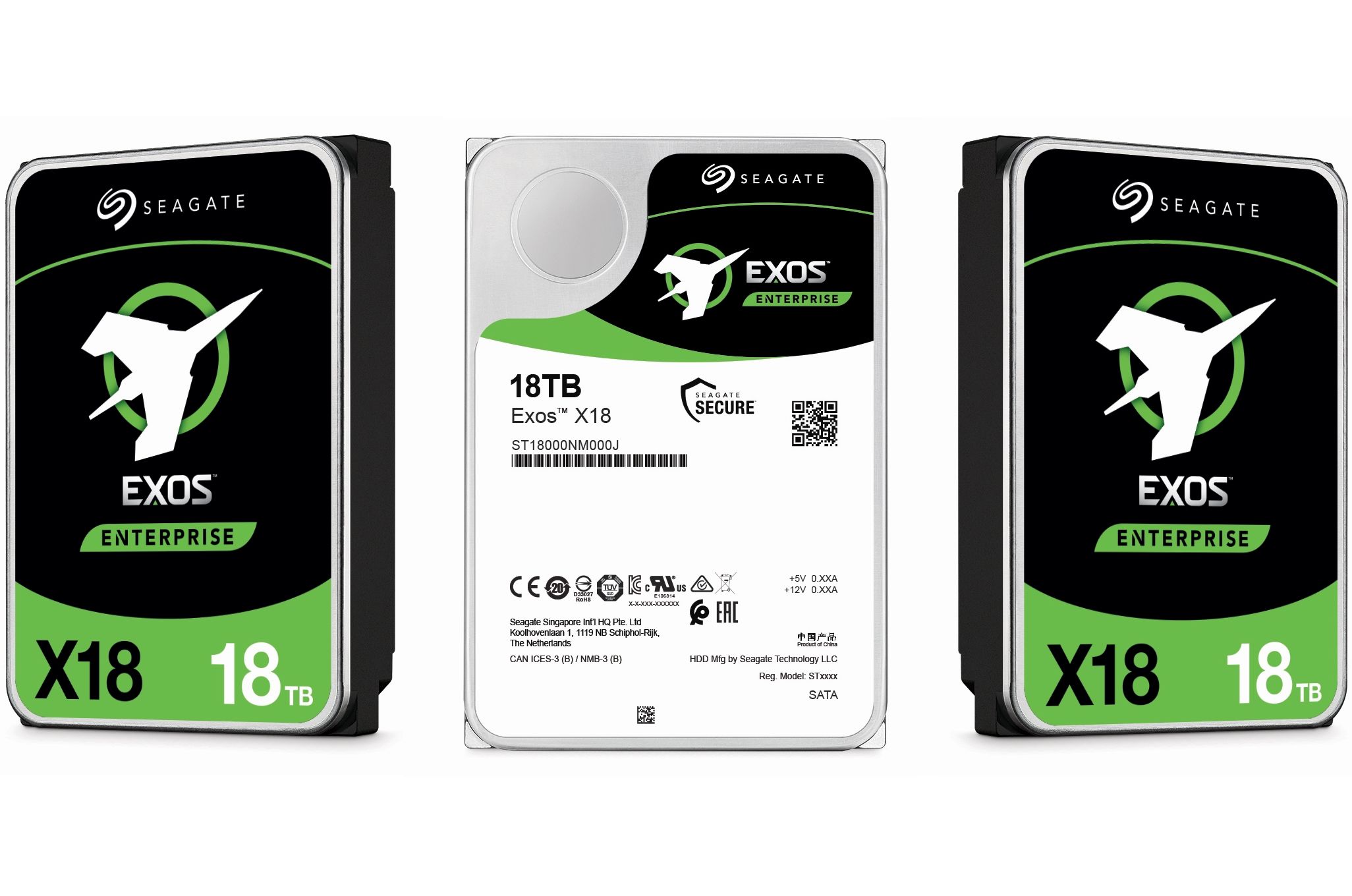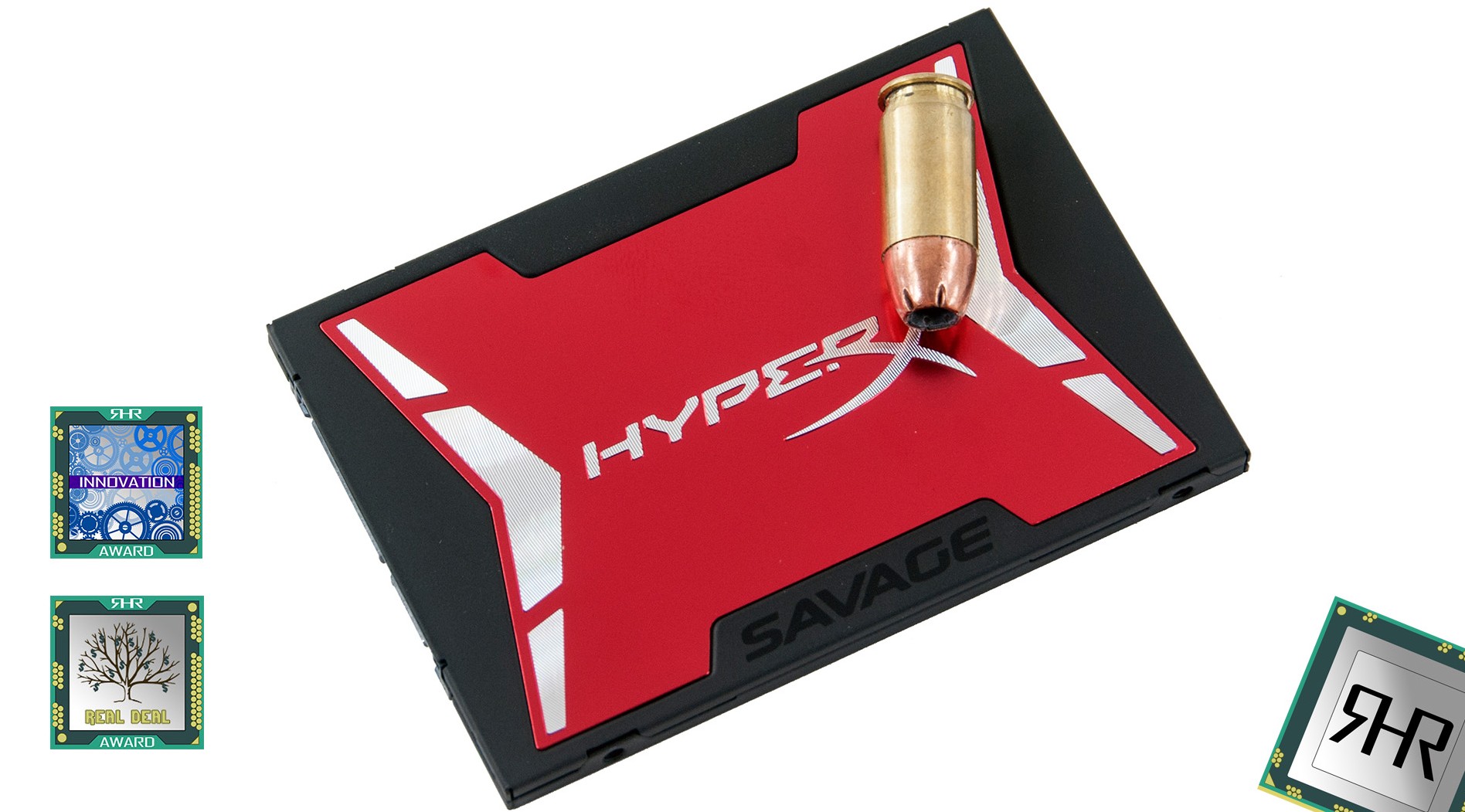
While the shipping container for the MSI GeForce RTX 3060 Ti Gaming X Trio may be a touch on the conservative side by ‘gaming’ standards it is nicely done and we have zero issues with it. That is to say it is big, it is colorful, it is attention getting and it is festooned with information. All things we like to see without the typical “1337 G4M3R” nonsense some manufactures resort to stand out. Mix in a nice and large picture of the card itself and MSI has knocked it out of the park when it comes to first impressions… as this box just plain looks like it is a premium product. Just the way it should be on premium priced models.

Much like the vast majority of modern video card shipping containers this video card uses the tried and true combination of copious amounts of foam with even more foam to protect its precious cargo while in transit. It may not be all that different but the end result is what matters: peace of mind knowing your (relatively) pricey card will survive whatever Mr. warehouse employee does to it. Be it across town, across the continent, or across the world this card stands a very good chance of making it to your door in one piece.

Sadly, MSI has also gone with de-facto standards when it comes to accessories. Put another way, expect to find a couple pamphlets and marketing material… and nearly nothing else. No driver disc. Not even dual 6-pin to 1 8-pin adapters. All you get is a support bracket to further help keep the card from sagging over time from its own weight. That is disappointing given the fact that this is a card that costs almost as much as a ‘standard’ GeForce RTX 3070 card. MSI really needs to stop cutting corners like this as it does mark an otherwise excellent first impression. What a shame.
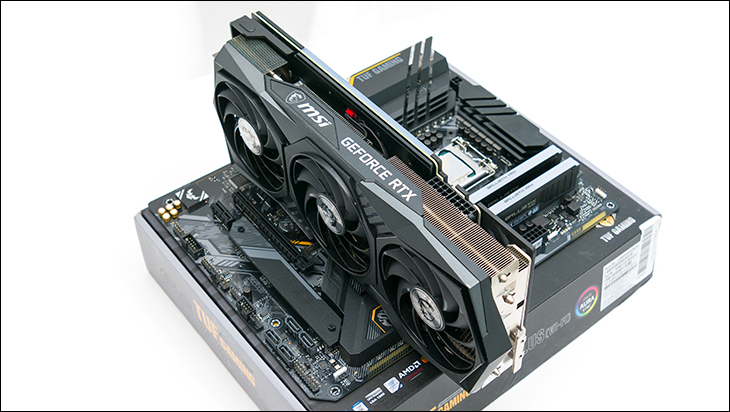
Arguably the most controversial feature of the MSI GeForce RTX 3060 Ti Gaming X Trio will not be its asking price. Instead, it will be the power connectivity it makes use. NVIDIA has made a big, neigh massive, push to hype the new 12-pin power connector their shiny new RTX 3000-series uses. For a RTX 3090 or even RTX 3080 it makes perfect sense. Arguably even for the RTX 3070 class of cards it is possibly a good idea. For a card which will pull only -at most- 250 watts it is not just overkill it is contraindicated. So much so a good, ‘old fashioned’ dual 8pin PCIe connector setup makes a ton more sense.
To explain our reasoning a bit of electrical theory is needed. The 12-pin connector consists of 6 power and 6 ground pins. Each pin is 12v and has a maximum amperage rating of well… this is where things go off the rails. Technically each power pin is good for 9amps of goodness, or a grand total of 648 watts of power coming directly from the PSU 12pin cable. Sadly, 9amps requires 16 American Wire Gauge cables for safety reasons (as an aside 18AWG is actually good for 10 amps at 12v… but no one in their right mind runs at full max standard, as that is a recipe for melted wires and house fires). 16AWG is thicker, less flexible and generally speaking is not all that common (yet). In years to come this will change, but right now most PSUs make use of 18 AWG cabling… as that is what the PCIe Express 2.0 standard requires for with 8-pin PCIe cables. When dealing with the more common 18AWG the 12-pin connector power rating gets dropped to 7 amps – or 504 watts.

Conversely, even though the older 8-pin uses a 3 power + 5 ground configuration it is only rated for 150watts. This is because the standard allows for ‘double headers’ or 300 watts off a single 8-pin PCIe cable. 504 watts is obviously still better than 300 watts but the PCIe 16x port on the motherboard can deliver another 75 watts of power (as PCIe-SIG the governing body for the PCIe standard did not increase max PCIe slot power draw for 4.0). Even taking into account transient, millisecond, power peaks… 375 watts offers a fifty percent safety margin and is more than ‘good enough’ for a 250 watt card. Thus the 12-pin buys owners nothing beyond increases compatibility headaches.
Equally important, is while the 12-pin also offers slightly smaller foot-print… when dealing with a freakin’ 12.7 inch long, 3 slot high, three pounds and three ounces’ish card, a bit more room taken up for the power ports is a rounding error in the grand scheme of things. That is why we have no issue with the use of 2×8-pin header, and in fact prefer it. Your millage may vary and some others do use the shiny new 12v port on their variants.

Moving on. The two stars of the MSI GeForce RTX 3060 Ti Gaming X Trio show are the Ampere GA104-200 A1 graphic processor by Nvidia, and the Tri Frozr 2 custom cooling solution mounted to it. As made mention in the introduction the GA104-200 has been overclocked in two ways over the ‘factory stock’ Founders Edition specifications. The first is obviously the increase in stock boost settings which have been… pardon the pun, boosted to 1830MHz from 1665Mhz. That is a decent 9 percent factory overclock, but many others offer just as good ‘out of the box’ performance.
Instead, what helps put the MSI GeForce RTX 3060 Ti Gaming X Trio in august company is the default power limit which has also has been increased from the F.E.’s 200watts to 240watts. Forty watts may not sound like much extra wiggle room, but this 20 percent increase pays noticeable real-world dividends. In testing our MSI GeForce RTX 3060 Ti Gaming X Trio, at factory speeds, you will routinely see peaks in the mid to high 1940s and after extended gaming sessions we typically saw it hover in the 1920 to 1930Mhz range. Needless to say that level of frequency performance combined with a relatively massive amount of shader cores results in one rather potent combination. As it should… as it has more ‘Cuda’ cores than a RTX 2080 Super… and yet costs so, so much less than the last generation 2080 options did. Now that is progress, and taking full advantage of the shear horsepower Nvidia has given to PC gaming enthusiasts.

Even though this is a relatively cool running GPU core… it still is a 240 watt TDP core. As such good cooling is paramount in order to get the most of what NVIDIA has made. In this arena, few if any will be able to match the MSI GeForce RTX 3060 Ti Gaming X Trio. This should come as no surprise as MSI did throw the default specs out the window and went the full overkill route. Gone is the two-slot cooling solution. Gone is the dual fan configuration. Instead MSI went with a (nearly) 3-slot high, 12.7(ish) inches long cooling solution that makes use of three highly advanced “Torx Fan 4.0” 95mm fans.

These fans not only focus the airflow for more efficient cooling (i.e. higher static pressure at lower speeds and noise) they are also much more robust and durable than the typical ten blade design. Typically, ten blades means each fan is thin and fragile… and eventually will catastrophically fail and smack you in the face if you are unlucky. While that is technically true for Torx Fan 4.0 fans, MSI has clustered them into five groups of two, with the end of each fan bladed connected to the end of the other blade in its cluster. This significantly reduces flex and overall stress on the fan’s plastic… and as an added bonus results in an actually quieter fan. In testing the fans will stop when the temperatures are low and even during extended gaming sessions the default fan profile kept them in the 1225 to 1230 range, at whisper quite noise levels… while also keeping temperatures well below 70degrees Celsius (typically in the 64 to 68 range).
Of course, these fans could be all that and a bag of crisps but if they were paired with a mediocre cooling solution they would not be nearly as silent. That is where the increased length and height comes into play. To help keep ‘dead zones’ or air high pressure eddies / zones from forming from having multiple fans MSI has cut the cooling array into three zones with 0.5 to 0.75-inch gap between each cooling zone (with the larger gap being between middle and end array).

A smaller (approximate) 2inches by 4.75 inches nearest the IO end (that is cooled by the rearmost fan).
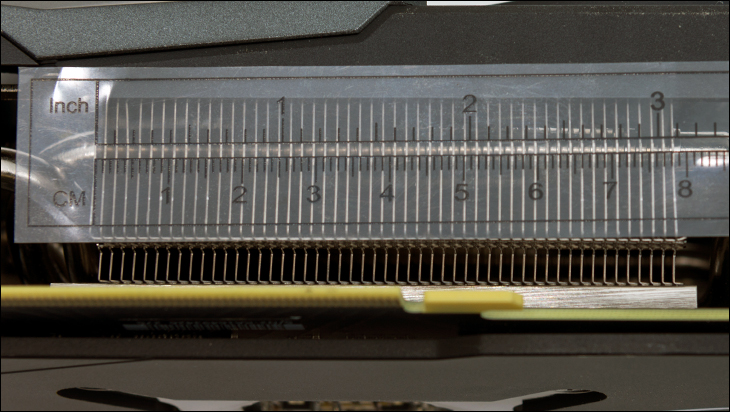
A moderately sized (aprx.) 3.1 by 4.5 centrally located on the PCB.

Then a large tertiary (aprox.) 4.1×4.75inch array that hangs over the end of the PCB by about 3 inches.
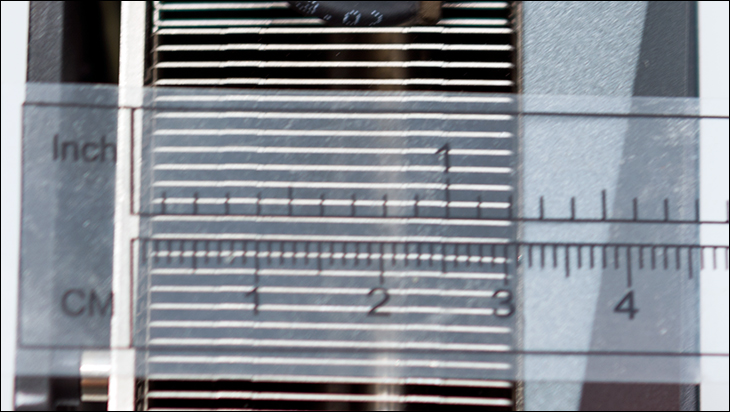
If you add all that up you have a loose estimate of the entire surface area available for cooling. In this case about 43 square inches. Cubic inches are a bit more difficult to calculate as the height does vary… but it is a lot. This in conjunction with six precision ground heatpipes (in a Direct Contact / Direct Touch configuration over the GPU core with premium “Compound X” TIM applies) makes for one potent combination. A combination that is used on higher end MSI Gaming X Trio models… and is pretty much the epitome of overkill (in a good way) for RTX 3060 Ti class video cards.
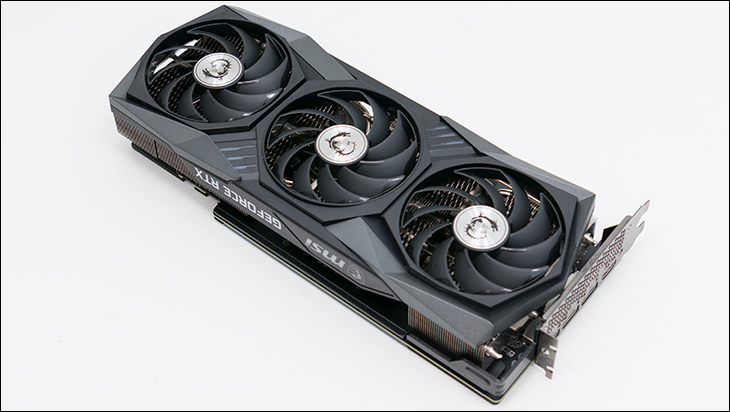
We would dearly love to have been able to take this beast apart and give you a good look at what is hidden by the Tri Frozr 2 cooler. Considering the contract we signed stated that we were on the hook for the MSRP of this card if even the carboard box got damaged… well we hope you can forgive us for not doing a tear down. We can however give you a lot of details to help you make an informed decision.

Firstly, the backplate actually matters from a cooling perspective. It is not made from an aluminum alloy. Instead, it is made from Graphene composite (basically graphene and plastic in laymen’s terms). Graphene has a thermal conductivity range of 3000 to 5000 watts per meter (w/mK). Even assuming it is only 25 percent graphene that is a lot of cooling potential. To be a bit more precise, and to put this amazing heat transfer ability in to perspective, copper has a rating of about 385w/mK. Aluminum… varies depending on the alloy but is usually in the 200w/mK range. It is also hundreds of times stronger (on an ounce per ounce basis) than aluminum. In other words, this backplate can transfer heat like a much bigger aluminum heat spreader and add stiffness. MSI has not fully taken advantage of this by using heatpipes, but does use heat pads to aid in heat transfer. Does it matter on a 250 watt card? Maybe. It depends on how hard you push your card and how good your cases internal airflow is, with poor internal airflow cases not being the handicap it usually is when talking about this card.
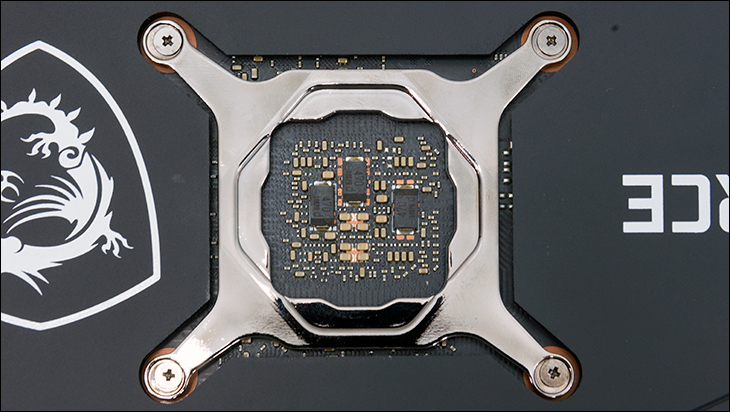
As MSI has so graciously included a nice cut out in the backplate (for the very nice metal heatsink backplate / bracket) you can see that it makes use of three POSCAPs (Conductive Polymer Tantalum Solid Capacitors) and two MLCCs (Multilayer Ceramic Chip Capacitors) which is actually better than the POSCAPs only configuration that the NVIDIA Founders Edition uses. Does this matter? Not really. The whole MLCC vs. POSCPs may make sense when dealing with 3080s and the like, but on a 3060 Ti… not so much. A well-designed power delivery subsystem does not need MLCCs do ‘oh my god’ last minute power filtering. It however is indicavit of how serious a manufacture takes their power delivery design given the hysteria over the 3080’s release day issues (and were more a case of NVIDIA not being specific enough on their specs while at the same time being extremely aggressive on their boost algorithms – both of which were fixed before the 3060 Ti was launched).
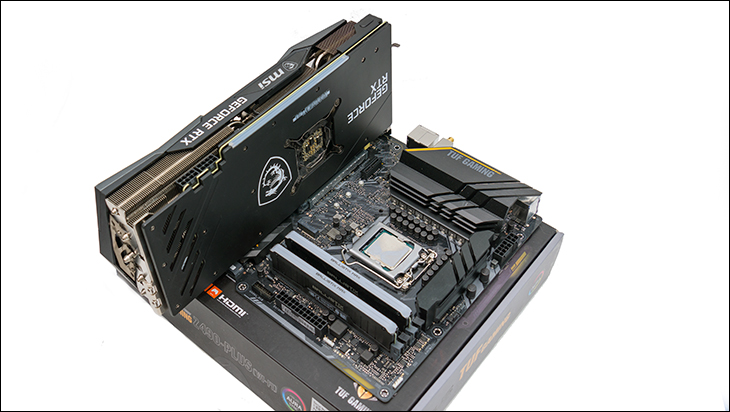
While we can not show you the actual power sub-system, it consists of an 8+2 all digital design that makes use of a combination of OnSemi DrMos 302045’s for the core (8 phases) and Niko Semi mosfets (2 phases) for the Samsung GDDR6 memory ICs. For an ‘itty bitty’ RTX 3060 Ti this is more than enough to satisfy the needs of all but the most extreme of overclocking enthusiasts, and similar components are used in a veritable ton of premium RTX 3000 video cards these days… and is arguably ‘noticeably better’ than what the Founders Edition makes use of.
Moving on. The PCB itself is also improved over the FE model and makes use of a custom PCB that is bigger. Bigger area means more room for parts, more room for cooling said parts, and generally speaking less chances of heat transference from one part to another. In other words, it is a good thing… or at least is a good thing if you do not plan on tearing it down, throwing out the cooler and going the full water block route. Few buying this card will be interested in custom water loops so overall the custom PCB is a Good Thing™.

If you look closely at the top of the card you will see a long metal bracket running from basically just behind the 8-pin PCIe powers to the IO shield. This bracket is attached at multiple points on the PCB as well as the IO shield. Its job is to act as a metal stabilizer that increases rigidity and help the PCB resist the torsion stressors placed on it from having to support such a massive cooler solution. If you so choose the included additional support bracket means that you could probably hang off the darn thing without worry over the card breaking. Once again, the very epitome of overkill for x60-class cards.

Speaking of the IO, the included connectivity options are about the only ‘standard’ design of this card. This actually is a bit of a disappointment as this is a three slot card and yet two slots worth of space are not used. Instead, all four ports are in a row on the slot nearest the PCB. On the positive side, all four ports are full sized versions, the three DisplayPort’s are DP1.4a compliant, and the lone HDMI is a HMDI 2.1 compliant port… none of which will help you if you have a DVI-D monitor, but for modern monitors capable of uber-fast refresh rates this selection of ports will get the job done.



